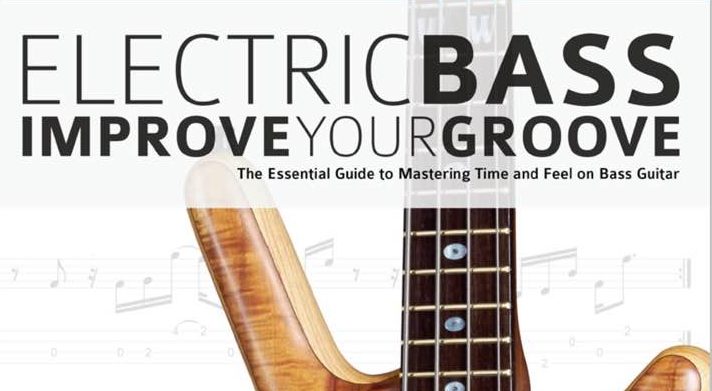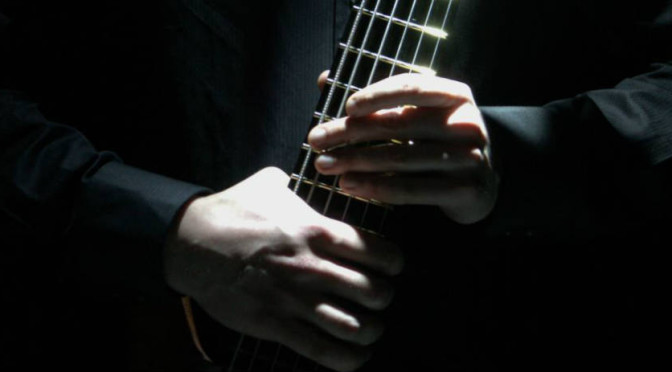Learn to Play Triplet Rhythms on Straight 16th Note Bass Grooves – Bass Practice Diary 4th December 2018
I’m currently putting the finishing touches to my second book, which is a follow up to Electric Bass: Improve Your Groove. In the new book, I have a section which is about feeling multiple subdivisions. Meaning, can you play bass grooves that use both straight 8th notes and 16th notes, as well as triplet rhythms?
It’s hard to switch between straight rhythms and triplet rhythms without dropping the groove. This video features a bass groove that I wrote for the book. It has a straight 16th note feel, but it also contains triplets.
Quarter Note Triplets (Crochet Triplets)
The video features two variations of the same groove. Here is the first, simpler variation.

This version of the groove features straight 8th and 16th notes, Ta-Ka and Ta-Ka-Di-Mi. But it also features quarter note or crochet triplets.
Quarter note triplets are a rhythm that many people struggle with. But they don’t need to be any more difficult that 8th note triplets. An 8th note triplet is simply a beat subdivided into three, Ta-Ki-Ta. A quarter note triplet is the length of two 8th note triplets. So, if you can feel 8th note triplets, you should be able to play quarter note triplets.
Think about it like this. Two beats contain six 8th note triplets. Ta-Ki-Ta, Ta-Ki-Ta. If you play on every other syllable, like this Ta-ki-Ta, ta-Ki-ta, then you are playing quarter note triplets.
16th Note Triplets
The second variation of the groove features all of the same subdivisions as the first, but it also contains 16th note triplets.

16th note triplets are easy to understand. They are sometimes difficult to play because they can be very fast, even at moderate tempos.
The first thing to understand about 16th note triplets is that they are essentially the same subdivision as 8th note triplets, Ta-Ki-Ta.
In order to create 16th note triplets you must first feel the straight 8th notes Ta-Ka. Once you have the straight 8th note feel, you must divide each 8th note into triplets, Ta-Ki-Ta.
It’s actually easier to play 16th note triplets on straight grooves like this than it is to play them on triplet feels such as shuffles and swing. The reason is that they are derived from subdividing the straight 8th notes into triplets.

















